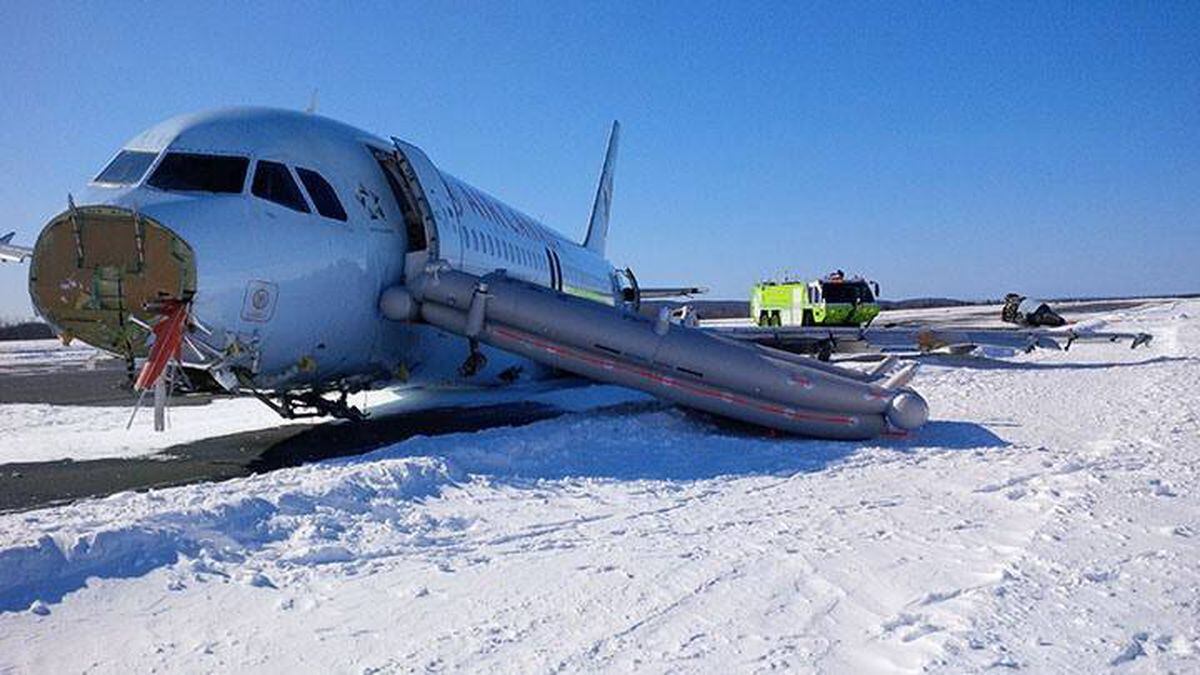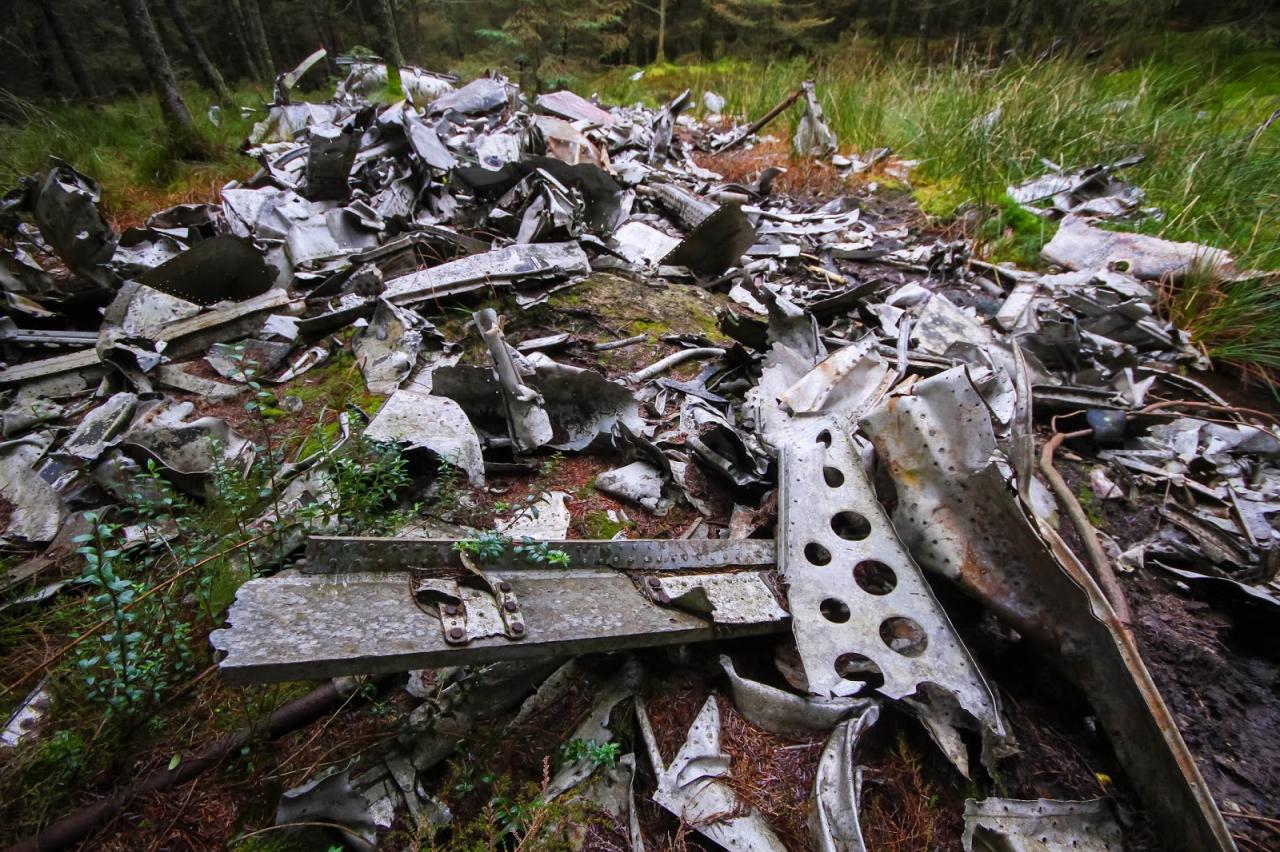Airplane crash Halifax: This phrase evokes images of tragedy and disruption, but understanding the history, impact, and preventative measures surrounding air accidents in Halifax is crucial. This exploration delves into the significant airplane crashes that have affected the city, examining their causes, consequences, and the lasting effects on the community and infrastructure. We’ll investigate the human cost, the response efforts, and the ongoing commitment to aviation safety.
From examining historical events and their impact on transportation networks to analyzing the emotional toll on survivors and first responders, we will paint a comprehensive picture of the multifaceted consequences of airplane crashes in Halifax. We’ll also look at the economic and societal ramifications, including the effect on tourism and the evolution of public perception regarding air travel safety.
Thinking about the Halifax airplane crash makes you realize how devastating these events are. It’s a sobering reminder that air travel, while generally safe, carries inherent risks. For more recent news on similar tragedies, check out the latest updates on the south korea plane crash news ; it highlights the ongoing importance of aviation safety protocols. Learning from past incidents, like the Halifax crash, helps improve safety measures worldwide.
Finally, we’ll explore the safety protocols and technological advancements aimed at preventing future tragedies.
Airplane Crashes in Halifax: A Historical and Societal Analysis
Halifax, with its significant maritime history and strategic location, has unfortunately experienced its share of airplane crashes. These events have left lasting impacts on the city, shaping its aviation safety regulations, transportation infrastructure, and the collective memory of its residents. This analysis delves into the historical context, societal effects, and safety measures surrounding airplane crashes in and around Halifax.
Historical Context of Airplane Crashes in Halifax
While a comprehensive, publicly accessible database of every aircraft incident near Halifax is unavailable, several significant crashes have profoundly impacted the city. These events, spanning different eras of aviation technology and safety regulations, offer valuable insights into the evolution of flight safety and its consequences.
Okay, so you’re looking into the Halifax airplane crash details? That’s serious stuff. But hey, while we’re on the subject of mysteries, you might be curious about another one: check out this link to find out who is 001 in squid game season 2 , it’s a pretty big mystery too! Anyway, back to the Halifax crash – let’s see what other information we can find on that.
- [Date of Crash 1]: [Location of Crash 1]. [Brief description of the crash, including aircraft type and number of casualties]. This crash led to [brief description of immediate impact on the community and infrastructure].
- [Date of Crash 2]: [Location of Crash 2]. [Brief description of the crash, including aircraft type and number of casualties]. The aftermath resulted in [brief description of impact on community and infrastructure, and any resulting changes in safety regulations].
- [Date of Crash 3]: [Location of Crash 3]. [Brief description of the crash, including aircraft type and number of casualties]. This incident highlighted the need for [mention specific improvements in safety procedures or technology].
Analyzing these events reveals common causes, such as [mention common factors like pilot error, mechanical failure, or weather conditions], as well as unique circumstances specific to each crash. The response to these tragedies has driven improvements in aviation safety regulations and procedures, including [mention specific examples of regulatory changes or technological advancements].
Impact on Transportation and Infrastructure

Airplane crashes in Halifax have had significant and varied impacts on the city’s transportation network and infrastructure. The immediate aftermath often involves airport closures, road closures near the crash site, and the mobilization of emergency services.
| Infrastructure Type | Immediate Impact | Long-Term Impact | Recovery Timeframe (Example) |
|---|---|---|---|
| Halifax Stanfield International Airport | Temporary closure, flight cancellations, diversions | Increased security measures, potential runway repairs | Days to weeks |
| Roads and Highways | Closures near the crash site, traffic diversions | Potential road repairs, long-term traffic management changes | Hours to days |
| Emergency Services | Overwhelmed response, resource allocation challenges | Improved emergency response plans, enhanced training | Ongoing improvements |
A hypothetical scenario of a major crash might involve a [type of aircraft] crashing [location]. The immediate response would include [detailed description of the immediate response, including emergency services, airport closure, and traffic management]. Long-term recovery would entail [detailed description of the long-term recovery, including infrastructure repairs, psychological support, and investigation].
Human Impact and Emotional Response

Airplane crashes have profound and lasting effects on individuals and the community. The immediate aftermath is characterized by shock, grief, and trauma for survivors, families of victims, and first responders.
A narrative example might involve [Name], a witness to a crash. [Describe their immediate emotional response, their experiences during the rescue and recovery, and their long-term coping mechanisms].
Thinking about the Halifax airplane crash? Major air disasters stick with you, and it’s natural to want to learn more about similar events. For instance, you might check out online discussions about other crashes, like the details people are sharing on south korea plane crash reddit , to see how different factors play a role. Understanding these different situations helps put the Halifax crash into a broader context.
The long-term effects include post-traumatic stress disorder (PTSD), anxiety, and depression among survivors, families, and first responders. The community as a whole may experience collective trauma and a sense of loss. Media coverage and public reaction vary depending on the scale of the tragedy and the circumstances surrounding the crash.
Safety Measures and Prevention
Halifax Stanfield International Airport and the surrounding airspace employ multiple layers of safety measures to prevent accidents. These include stringent pilot training and licensing, regular aircraft maintenance checks, advanced air traffic control systems, and sophisticated weather monitoring.
A visual representation of these safety layers might depict concentric circles, with the innermost circle representing the aircraft itself and its maintenance, the next circle encompassing pilot training and air traffic control, and the outermost circle representing regulatory oversight and emergency response protocols. Each layer would have detailed descriptions of its components and their roles in preventing accidents.
Ongoing efforts to improve aviation safety include advancements in aircraft technology, improved pilot training programs, and the implementation of new safety protocols based on lessons learned from past incidents. The role of technology, including sophisticated radar systems and communication networks, is crucial in preventing mid-air collisions and other accidents.
Economic and Societal Consequences, Airplane crash halifax

Airplane crashes have significant economic and societal consequences for Halifax. The immediate impact on tourism and local businesses can be substantial, with potential decreases in visitor numbers and revenue. Societal consequences include increased public anxiety about air travel and heightened safety concerns.
- Short-term effects: Decreased tourism revenue, business disruptions, increased insurance costs, strain on emergency services.
- Long-term effects: Changes in public perception of air travel, potential investment in enhanced safety measures, shifts in travel patterns.
The economic recovery timeline varies depending on the severity of the crash and the effectiveness of the recovery efforts. Factors such as the speed of infrastructure repairs, the effectiveness of public relations campaigns, and the overall economic climate influence the length of the recovery period.
Wrap-Up

Airplane crashes in Halifax, while infrequent, serve as stark reminders of the inherent risks associated with air travel. By understanding the historical context, analyzing the impact on various sectors, and examining the evolving safety measures, we can gain valuable insights into improving aviation safety and minimizing the devastating consequences of such events. The ongoing commitment to enhanced safety protocols, technological advancements, and community resilience remains paramount in ensuring safer skies above Halifax.
FAQs: Airplane Crash Halifax
What is the busiest time of year for Halifax Stanfield International Airport, and how might this affect the risk of accidents?
The busiest times are typically summer months and holiday periods. Increased air traffic density during peak times could potentially increase the risk of incidents, though stringent safety protocols are in place to mitigate this.
What types of aircraft are most commonly involved in accidents near Halifax?
This varies over time, but historical data on aircraft types involved in incidents near Halifax would need to be researched from official sources like the Transportation Safety Board of Canada.
How does Halifax’s geographical location influence the response to airplane crashes?
Halifax’s coastal location and proximity to water could impact emergency response, particularly water rescue operations in the event of a crash near the coast.
